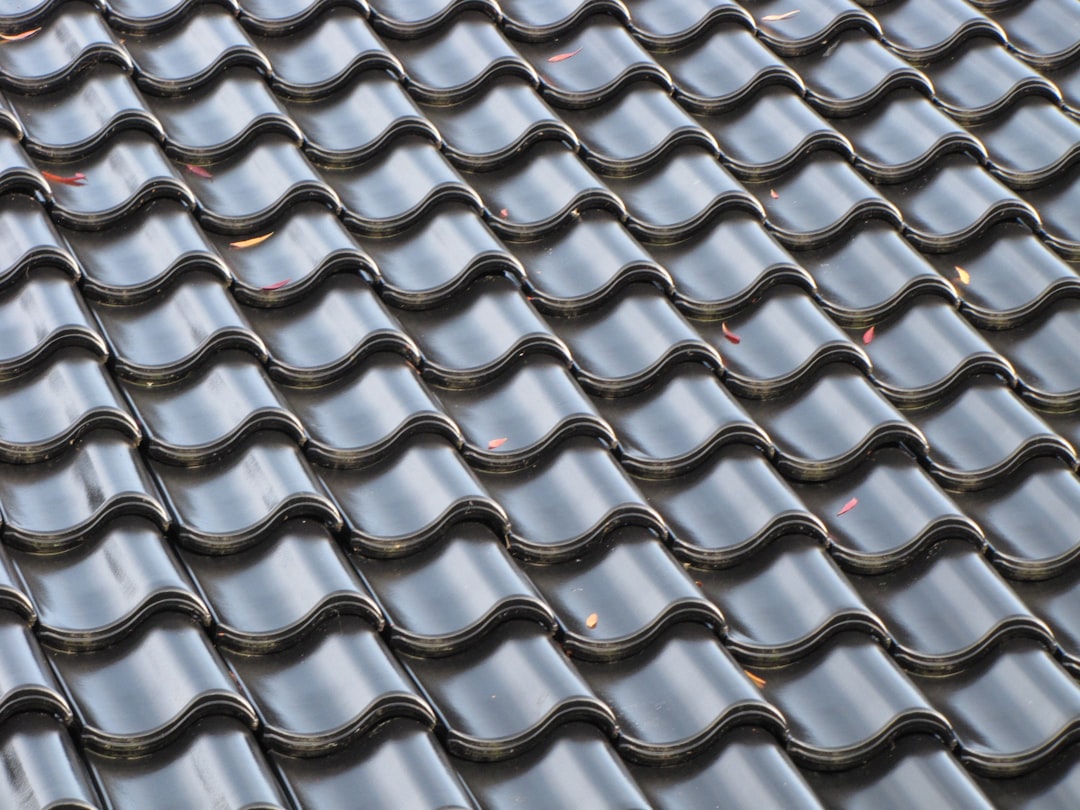Steel’s strength and durability are undeniable, but its thermal conductivity can be a significant drawback in certain applications. Enter thermally insulated steel profiles – a game-changer in construction, engineering, and various industries where both structural integrity and thermal efficiency are paramount. This comprehensive guide delves into the world of these innovative profiles, exploring their construction, benefits, applications, and future prospects.
Understanding the Construction of Thermally Insulated Steel Profiles
Thermally insulated steel profiles aren’t simply steel with insulation slapped on. Their design involves a strategic integration of high-performance insulation materials within the steel structure. Common construction methods include:
- Sandwich Construction: This involves bonding a layer of insulation (typically polyurethane, polyisocyanurate, or mineral wool) between two steel sheets. The sheets are often profiled for added strength and rigidity.
- Core-Filled Profiles: In this method, the insulation material is directly injected or cast into a hollow steel profile, effectively filling the core and providing a robust, thermally efficient unit.
- Hybrid Systems: Some manufacturers utilize a combination of sandwich and core-filling techniques to optimize thermal performance and structural capabilities based on specific application needs.
The choice of insulation material significantly impacts the profile’s thermal performance and overall cost. Polyurethane and polyisocyanurate offer excellent insulation properties with relatively low density, while mineral wool provides fire resistance and sound insulation benefits.
Superior Thermal Performance: Reducing Energy Loss and Gain
The primary advantage of thermally insulated steel profiles lies in their superior thermal performance. By effectively breaking the thermal bridge created by solid steel, these profiles significantly reduce heat transfer through the structure. This translates to:
- Reduced energy consumption: In buildings, this means lower heating and cooling costs, contributing to a smaller carbon footprint.
- Improved indoor comfort: Minimized temperature fluctuations lead to a more comfortable and consistent indoor environment, regardless of external weather conditions.
- Enhanced condensation control: By preventing significant temperature differences between the inside and outside surfaces, these profiles reduce the risk of condensation formation, preventing mold growth and structural damage.
The thermal performance is typically measured by the U-value (or k-value), which represents the rate of heat transfer. Lower U-values indicate better thermal insulation.
Diverse Applications Across Industries: From Buildings to Transportation
The versatility of thermally insulated steel profiles makes them suitable for a wide array of applications:
- Building Construction: Used extensively in curtain walls, facades, doors, and roofs, offering energy-efficient building envelopes.
- Cold Storage Facilities: Their exceptional insulation properties make them ideal for maintaining low temperatures in refrigerated warehouses and transport vehicles.
- Refrigerated Transportation: Used in the construction of refrigerated trailers and containers, ensuring the safe and efficient transport of perishable goods.
- Industrial Applications: Suitable for applications requiring both structural strength and thermal insulation, such as industrial enclosures and process equipment.
- Renewable Energy: Used in solar panel mounting systems and other renewable energy infrastructure to enhance efficiency and durability.
The specific profile design and insulation material are chosen based on the individual requirements of each application.
Advantages Over Traditional Steel Profiles: A Cost-Benefit Analysis
While the initial cost of thermally insulated steel profiles might be higher than traditional steel profiles, the long-term benefits far outweigh the initial investment. Key advantages include:
- Energy Savings: Reduced heating and cooling costs lead to significant long-term cost savings.
- Improved Durability: The insulation layer protects the steel from corrosion and environmental damage, extending its lifespan.
- Enhanced Comfort: Improved indoor climate control leads to a more comfortable and productive environment.
- Reduced Maintenance: The protection provided by the insulation layer reduces the need for frequent maintenance and repairs.
- Environmental Benefits: Reduced energy consumption contributes to a smaller carbon footprint and aligns with sustainable building practices.
A thorough cost-benefit analysis, considering the lifecycle costs, will often demonstrate the economic viability of thermally insulated steel profiles.
Future Trends and Innovations in Thermally Insulated Steel Profiles
The field of thermally insulated steel profiles is constantly evolving. Future trends include:
- Development of novel insulation materials: Research focuses on developing even more efficient and sustainable insulation materials with improved thermal performance and reduced environmental impact.
- Integration of smart technologies: The incorporation of sensors and other smart technologies to monitor and optimize thermal performance.
- Advanced manufacturing techniques: Improved manufacturing processes to enhance the precision, speed, and efficiency of profile production.
- Customization and design optimization: Increased focus on designing custom profiles tailored to specific applications and requirements.
- Lifecycle assessment and sustainability: Growing emphasis on the lifecycle assessment of these profiles to minimize environmental impact and promote circular economy principles.
These advancements are poised to further enhance the performance, sustainability, and cost-effectiveness of thermally insulated steel profiles.
Tags: Thermally Insulated Steel Profiles, Insulated Steel Sections, Steel Profile Insulation, Energy Efficient Steel, Sustainable Building Materials




